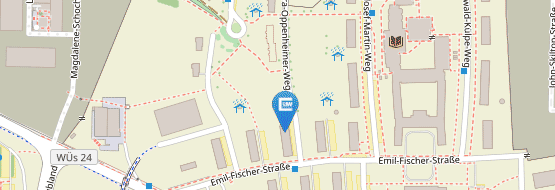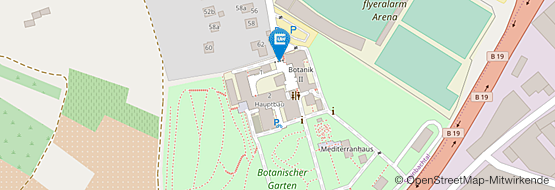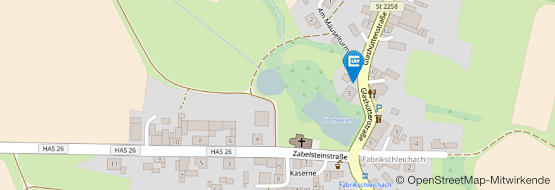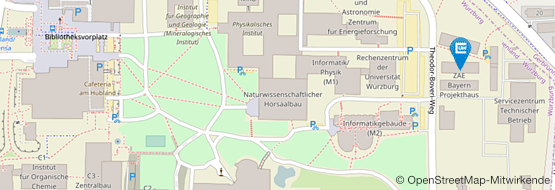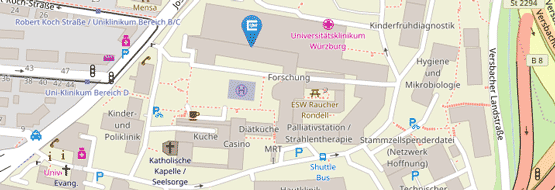Microsecond folding and domain motions of a spider silk protein structural switch.
11.11.2014Ries, J., Schwarze, S., Johnson, C.M., Neuweiler, H. Journal of the American Chemical Society. (2014)
Spinnenseide: Rasante Fadenbildung
Web spiders rapidly assemble protein monomers, so-called spidroins, into extraordinarily tough silk fibers. The process involves the pH-triggered self-association of the spidroin N-terminal domain NTD, which contains a structural switch connecting spidroins to super-molecules. Single-molecule spectroscopy can detect conformational heterogeneity that is hidden to conventional methods, but motions of the NTD are beyond the resolution limit. Here, we engineered probes for 1-nm conformational changes based on the phenomenon of fluorescence quenching by photoinduced electron transfer into the isolated NTD of a spidroin from the nursery web spider Euprosthenops australis. Correlation analysis of single-molecule fluorescence fluctuations uncovered site-dependent nano-to-microsecond movement of secondary and tertiary structure. Kinetic amplitudes were most pronounced for helices that are part of the association interface and where structural studies show large displacements between monomeric and dimeric conformations. A single tryptophan at the center of the five-helix bundle toggled conformations in ~100 µs and in a pH-dependent manner. Equilibrium denaturation and temperature-jump relaxation experiments revealed cooperative and ultrafast folding in only 60 µs. We deduced a free-energy surface that exhibits native-state ruggedness with apparently similar barrier heights to folding and native motions. Observed equilibrium dynamics within the domain suggest a conformational selection mechanism in the rapid association of spidroins through their NTDs during silk synthesis by web spiders.




